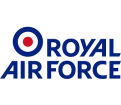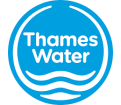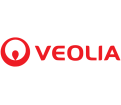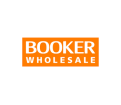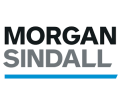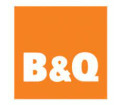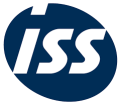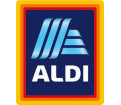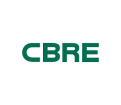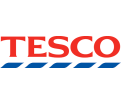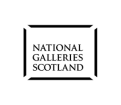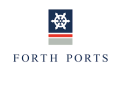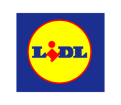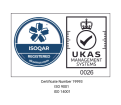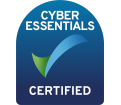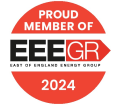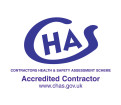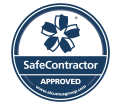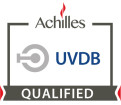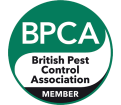
Call 0333 567 2020 for advice and quotes or contact us online
Q&As on Disinfecting
What is Coronavirus and how is it spread?
Coronavirus disease 2019 (COVID-19) is a respiratory illness that can spread from person to person. The virus that causes COVID-19 is a novel coronavirus that was first identified during an investigation into an outbreak in Wuhan, China.
The virus is thought to spread mainly between people who are in close contact with one another (within about 6 feet) through respiratory droplets produced when an infected person coughs or sneezes. It also may be possible that a person can get COVID-19 by touching a surface or object that has the virus on it and then touching their own mouth, nose, or possibly their eyes.
For this reason the government advice is to disinfect areas of human congregation to support the containment strategy.
What areas should be disinfected for Coronavirus?
Coronaviruses are enveloped viruses with a protective fat layer. Disinfectants tear apart that fat layer which makes them fairly wimpy compared to noroviruses and other common viruses that have a more robust protein shell.
While each facility and operation will be different, the following areas should receive focused attention:
Areas of human congregation (including, but not limited to, offices, conference rooms, canteens/cafeterias, locker rooms and reception areas)
Hygiene facilities (including, but not limited to, lavatories/toilets, shower rooms, hand- washing stations)
Dispensaries (including, but not limited to, medical and first aid stations, emergency shower and eyewash stations)
What type of disinfectant is used in disinfecting services?
There are 3 types of disinfecting practices;
Cleaning – Low-risk surfaces, such as floors and windows that are less likely to spread pathogens from contact with the surface. Simply removes dirt and dust.
Sanitise – Often for food contact surfaces to stop food being contaminated. Sanitisers often do not make antiviral claims as they are to reduce not kill.
Disinfect – For frequently touched surfaces which are breeding grounds for germs, bacteria and viruses. The disinfectant aims to kill the microscopic organisms which could affect your health.
There are 3 levels of disinfectants;
Low-level – Kills almost all vegetative bacteria, viruses and fungi. However, it does not kill bacteria spores
High-level – Same effect as low-level, but has the potential to kill bacteria spores if used in high concentration and suitable conditions.
Hospital Grade-able – To eliminate most infections and diseases-causing bacteria, viruses and fungi. This includes destroying, bacteria spores.
With Coronavirus we use disinfectant products which have demonstrated viricidal activity relevant to enveloped viruses which includes Coronavirus. Coronaviruses are enveloped viruses with a positive-sense single-stranded RNA genome.
The products have been tested against Adenovirus and Murine norovirus in accordance with EN14476, the European standard for demonstrating viricidal activity of a disinfectant, against the enveloped Vaccinia viruses such as Coronavirus.
It is the most developed of the ionic silver stabilised hydrogen peroxides (S.S.H.Ps) and has excellent long-term stability.
How quick does disinfecting work and and how safe is it?
The treatment has an immediate effect when it comes to surface disinfection and it is:
- Safe for children and pets
- Non-hazardous
- Non-toxic
- Bleach-free
- Leaves a nice floral smell
It is suitable for the following washable areas and surfaces, such as carpets, upholstery, hard floors, cupboards, kitchen tops, tables, walls, etc.
How is it the disinfecting treatment applied?
‘Touch points’ as those listed below have a high potential to transmit infection and shall be wiped thoroughly with a suitable disinfectant.
- Desktops and all work surfaces
- Doorknobs and door handles
- Light switches and dimmer switches
- Computer monitors, keyboards, mice
- Tablets and laptops
- Telephone equipment
- All chair rests and arms
- Canteen tables and chairs, crockery, trays and cutlery
- Sinks, taps and kitchen areas
- Toilets, including all surfaces
- Water fountains and drinks dispensers and vending machines
- Lifts and their doors and buttons
Surface spraying
In areas which are not clean a higher dose is required to achieve enough saturation to penetrate the dirt and achieve suitable dwell times to ensure an effective treatment.
In these situations a pressurised spray tank applies chemical at appropriate rates.
Consideration must be given to electrical items.
Fogging
ULV/Fogging machines allows the disinfectant to be passed through the unit, which generates an airborne mist of micro-droplets. These droplets diffuse through the treated area and settle out onto surfaces, meaning that the material used will be active both as a space spray and a surface spray.
The key to successful use of ULV is the production of an optimum size of spray droplet. It must be small enough to remain airborne without being too small to hit surfaces – research has shown the optimum droplet size to be around 15 microns. These droplets are small enough to be carried on air currents into small cracks and crevices that are hard to reach using conventional cleaning and spraying, yet still heavy enough to settle out within an hour, so that treated areas can be re-entered with the minimum of delay.
Back Mist Blower
When needing to disinfect large areas outside ULV foggers and thermal foggers are ineffective as the get blown away in the wind and the droplets are not large enough to deliver enough chemical to effectively neutralise any surface. In these situations a mist blower is ideal .
Suitable for outside play areas, football stadiums and other large outdoor venues.
Disinfecting Equipment
What happens to any waste?
All cleaning materials generated will be treated as clinical waste, and as such will be sent by us for incineration at one of our suppliers plants.
As licensed waste carriers NBC Environment are trained to handle and dispose of the hazardous waste and, perhaps most importantly, provide you with certification we have made the area safe, and provide you with and waste transfer paperwork for your file.
Note – these documents will form an important part of any due diligence file.
How frequent should the treatment be carried out?
Untreated Coronavirus is believed to last up to 72 hours on a surface . Our disinfectants will kill viruses and bacteria on contact and whilst they are persistent and remain effective once dry unlike others it is recommended that treatments are carried out weekly with high risk ‘touch points’ wiped with a disinfectant daily.
The general guideline is that the more people who contact surfaces, the more frequently that surface should be cleaned.
Do I have to leave during treatment?
Yes, please. The treatment takes immediate effect and there are no fumes to worry about. However, it would be best to keep some distance.
Do I need to prepare the property in advance?
There are no special preparations necessary. Just please make sure that the technician will have unobstructed access to the areas that need to be sanitised.
Is this treatment safe for my home/office?
Yes. The treatment uses a certified antiviral product that eliminates bacteria, germs, and fungi. It is non-toxic and bleach-free.
Who will carry out the disinfecting treatment?
This service is provided by professional sanitisation technicians who use specialised equipment and protection gear. Also, they have not travelled outside of the UK in the past 2 months.
For more info about disinfection services visit our page here.
Author: NBC Environment/Orkin
